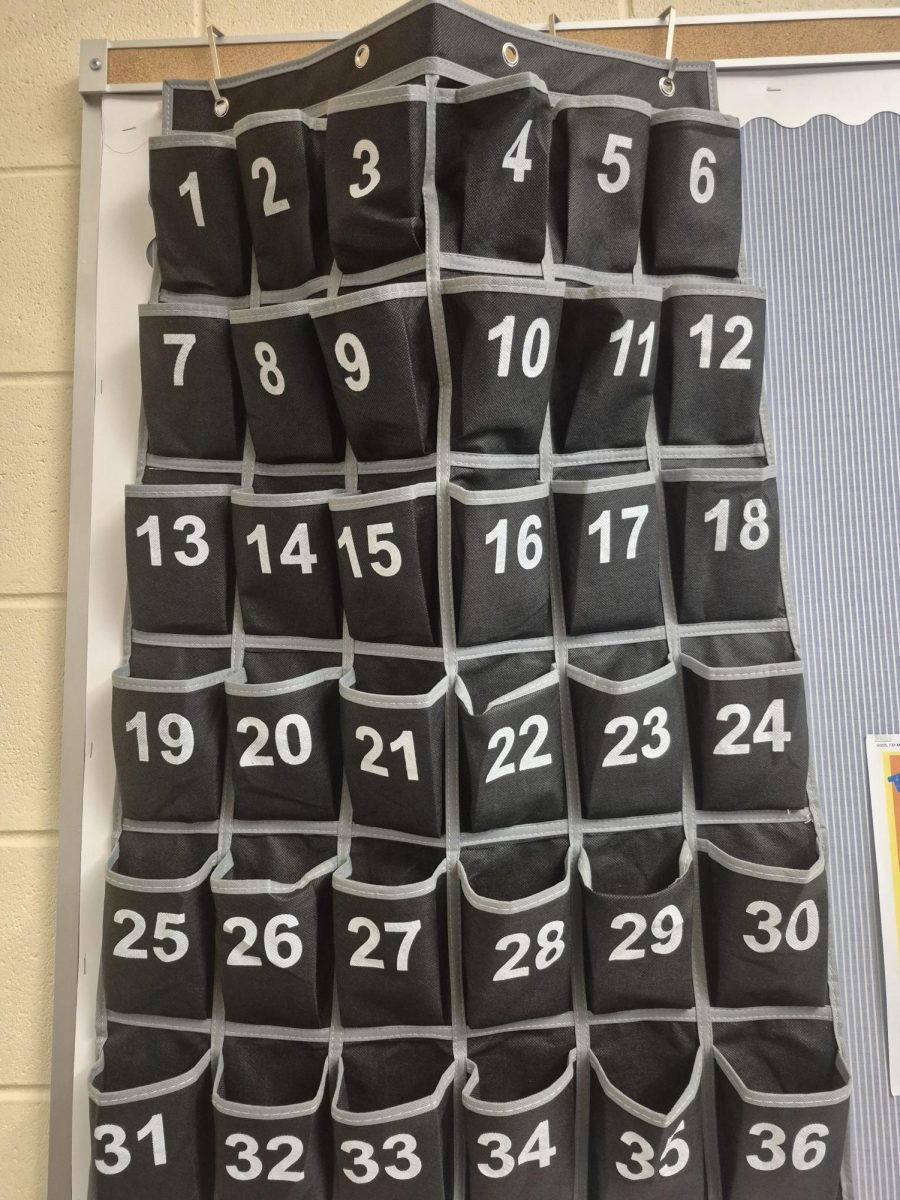Jr. Miles Kent walks into 3rd hour AP Chemistry with Instructor Kelly Dewitt. As soon as he makes it through the door, a cold wave hits him and he pulls his hands into the sleeves of his sweatshirt to protect them from the 64-degree room. Once in his seat, he sees his classmates shivering and pulling long sleeve shirts out of their bags. This is the only way students are able to focus on their school work in this cold classroom.
Ready to get the day over with, Kent walks into his sixth hour woods class and is surprised by the drastic change in temperature. Woods class is nearly 10 degrees warmer than his Chemistry class that morning at 75 degrees. While this room is warmer it is still not comfortable. He and the rest of the class feel like they need to get rid of some layers of clothing or lie on the ground to cool themselves off.
WO’s uneven temperatures make comfort difficult in classes throughout the day, with temperatures ranging from 62 to 75 degrees. It is hard to think much about the lecture being taught or the work that is supposed to get done when it is too cold to sit still or too warm to think. Both students and teachers have complaints, but neither of the two have any control over the way climate is controlled in the schools.
Instructor Ken Strobel’s room at the South is usually 64 degrees, which feels relatively chilly on a day where it’s nearly 80 outside. “Oh my gosh, it’s freezing in here,” Jr. Keegan Cano said on her way into the classroom for fourth hour after lunch. “I know,” Mackenzie Aldrich said. “It’s so cold.”
Many students find themselves uncomfortable in the chilly rooms at WO, but in the same day they walk into a classroom where they have to sit, sweat, and try to focus on their work in spite of the heat.
WO elementary schools have no sympathy for the climate issues at the high school. During the hot days at the beginning of the school year, most of the high school is comfortable and sometimes even cold, but they have to suffer through the heat. “The elementary buildings do not have air conditioning and it is hard to get air moving through the classrooms. Without air, the humidity was what made it uncomfortable. It was sticky,” said Instructor Robyn Diethart, a teacher at Pine Creek Elementary. During the hot weather throughout the fall, they continued to go to school in spite of the draining heat while some other districts actually decided to cancel altogether.
Diethart said, “The high school has air conditioning correct? If that is the case … they are over reacting.”
Even so, uncomfortable temperature differences do have an effect on the way students at WO are able to learn and process information. In a lab study conducted in the Indian Academy of Applied Psychology, participants were asked to proofread an article while they were in either a 77 degree (warm) or a 67 degree (cool) room. Participants in warm rooms performed significantly worse than those in cool rooms They failed to identify almost half of the spelling and grammatical errors while those in cool rooms identified all but about 25%.
On the other hand, trying to learn in a cold room can make students drowsy. The energy it takes for the body to warm itself by shivering takes away from the amount that can be used to finish work and stay awake.
Temperature differences at WO may not be drastic or intense but they do have an impact on the comfort and ease of learning students deserve. The difference in temperature ranges from 62 in Instructor Mike Jaegers room to 76 degrees in the woods room.
While the differences may not surpass how bad the elementary schools have it on hot days, there’s still room for improvement.







